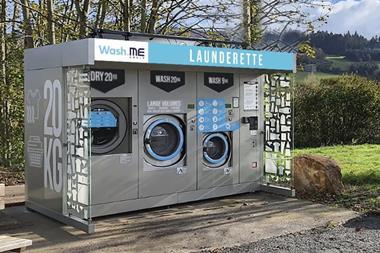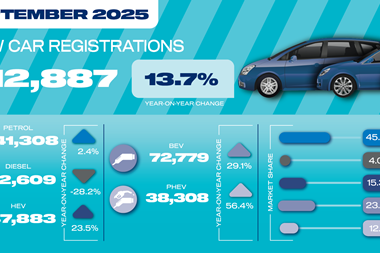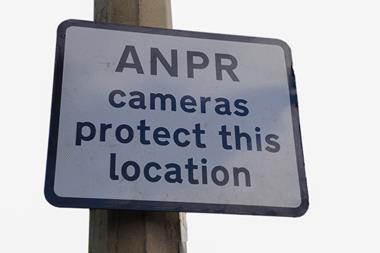Wetstock management specialists Fairbanks has hosted an open day for 60 Petroleum Officers, Trading Standards Officers and Fire Authority personnel at its offices in Lancashire.
The event was aimed at petroleum regulators who wanted to gain a better understanding of the latest technologies available to forecourt operators throughout the UK. At the same time Fairbanks explained what help and support is available to site operators.
The day was supported by the Environment Agency with Jo Bradley, principle pollution advisor for the North West, presenting the latest guidance and legislation on ground-water pollution prevention.
Bob Conlin, managing director of Fairbanks said: “Over 55% of UK forecourts use a third-party wetstock management service but we are increasingly aware that local regulators are often visiting forecourts that do not have adequate systems to fully protect the site, given the risks. We want to support, educate and reassure regulators that there are cost-effective systems available and that we can all work together to ensure we set a minimum standard to help reduce the impact of leak incidents that are polluting our environment each year.”
The day consisted of presentations on wetstock control, how SIR and real-time data systems identify leaks, and how DSEAR surveys are used to reduce the on-site risks to staff, customers and the environment.
Rachael Croft, Fairbanks’ business development co-ordinator said: “We were delighted to see such a large interest in this area of our industry. The delegates came from a range of backgrounds and locations including Scotland and southeast England in addition to representatives from the northwest and north Wales.
“The feedback we’ve had from the delegates was extremely positive and we will now look forward to hosting another event in the UK in early 2011. Anyone interested in attending can contact us now on 01695 52175.”
Neil Avery, petroleum & explosives officer for West Midlands Fire Service, added: “It was a very worthwhile day that gave us a lot of information in a short space of time about wetstock management technological developments. It also showed how sites in our area can help themselves if they use the information and services that are available.”

































No comments yet